Optimizing Gas Exchange in ECMO Systems: Advanced Surface Coatings for Enhanced Oxygenator Performance

Extracorporeal Membrane Oxygenation (ECMO) systems are life-saving technologies that support patients with severe cardiac and respiratory failure by oxygenating blood and removing carbon dioxide externally. At the core of this system is the oxygenator, a device that facilitates gas exchange, functioning as artificial lungs. Despite their critical role, oxygenators face challenges such as thrombosis, biofouling, […]
Advanced Surface Coatings for Blood Filters: Optimizing Filtration Efficiency and Hemocompatibility
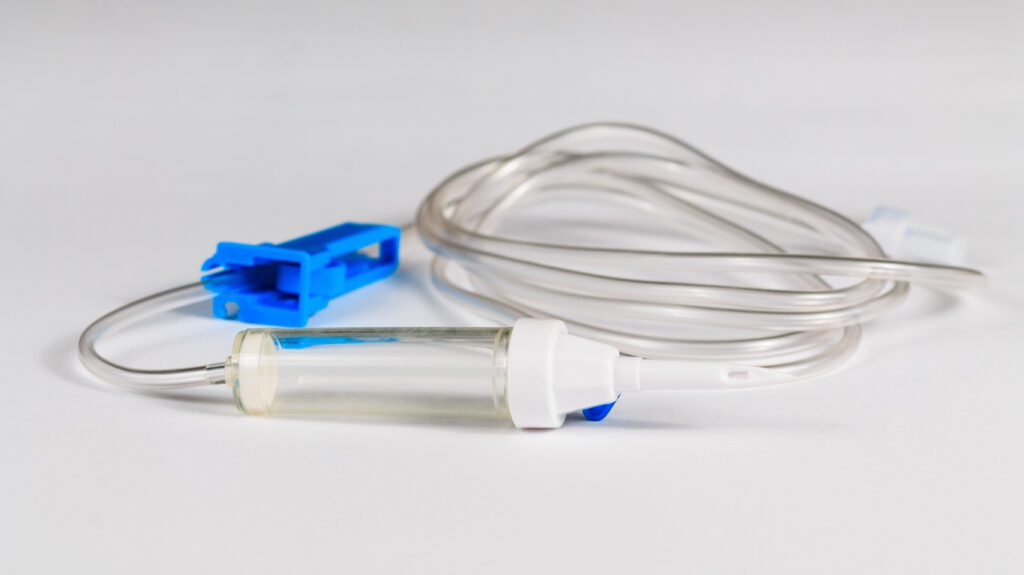
Blood filters are critical components in medical devices, ensuring the removal of impurities, clots, and cellular debris to maintain safe and effective blood flow. Despite their essential role, these filters often face challenges such as fouling, thrombosis, and reduced filtration efficiency. This article examines the challenges associated with blood filter performance, the advancements in surface […]
Advanced Surface Coatings to Minimize Pump-Induced Thrombosis in ECMO Systems
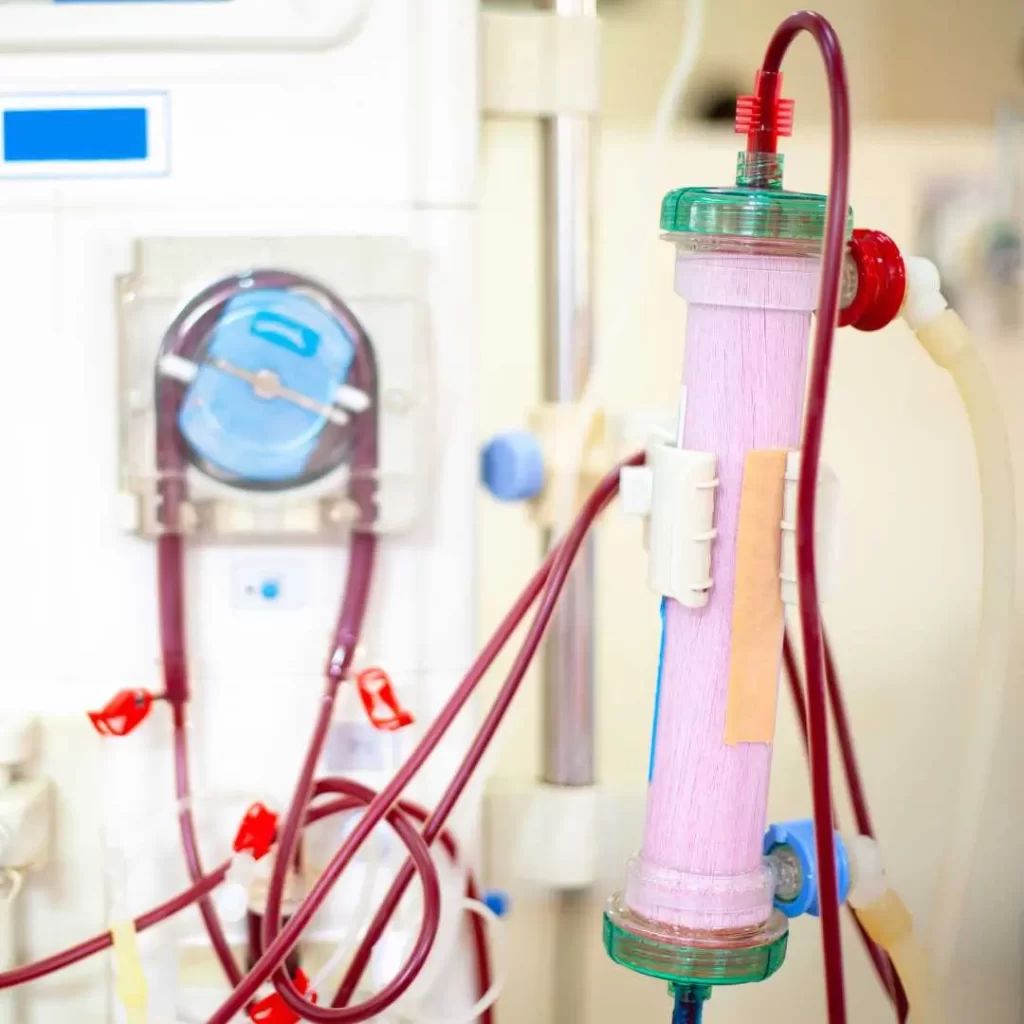
Extracorporeal Membrane Oxygenation (ECMO) systems are critical in life-support procedures, providing temporary cardiac and respiratory support for patients with severe heart or lung failure. A key component of these systems is the pump, which circulates blood through the circuit and ensures effective gas exchange. However, the interaction of blood with pump surfaces can lead to […]
Advanced Surface Coatings for Cannulae: Enhancing Hemodynamics and Biocompatibility
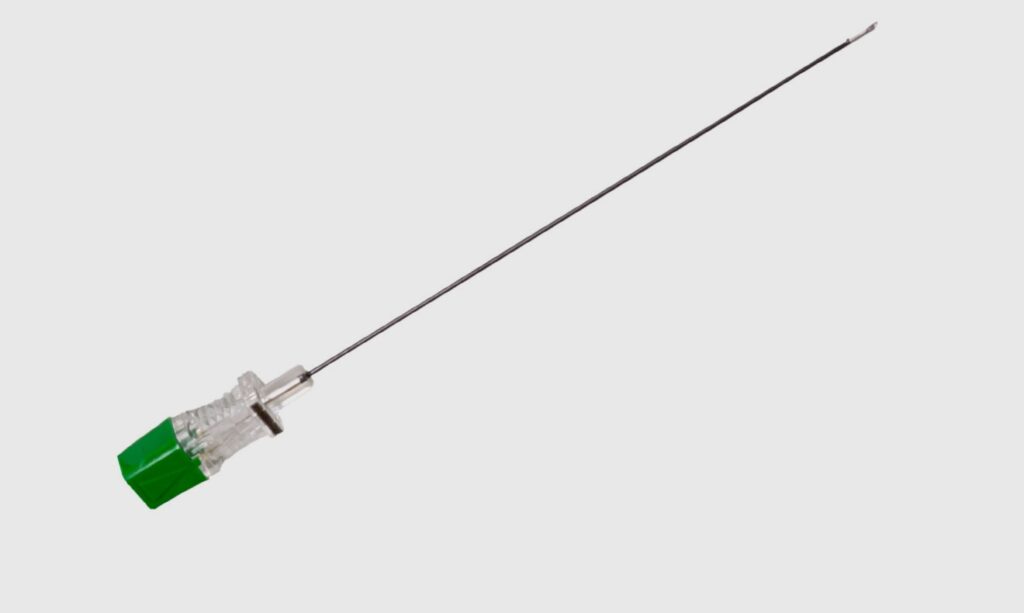
Cannulae are indispensable in modern medicine, serving as lifelines for procedures such as extracorporeal membrane oxygenation (ECMO), hemodialysis, and cardiopulmonary bypass. However, their interaction with blood presents challenges, including thrombosis, hemolysis, and biofouling. This article explores the critical role of surface coatings in overcoming these challenges, focusing on the enhancement of cannula performance through improved […]
Heparin Alternatives in Anticoagulation: Emerging Surface Coatings for Improved Biocompatibility
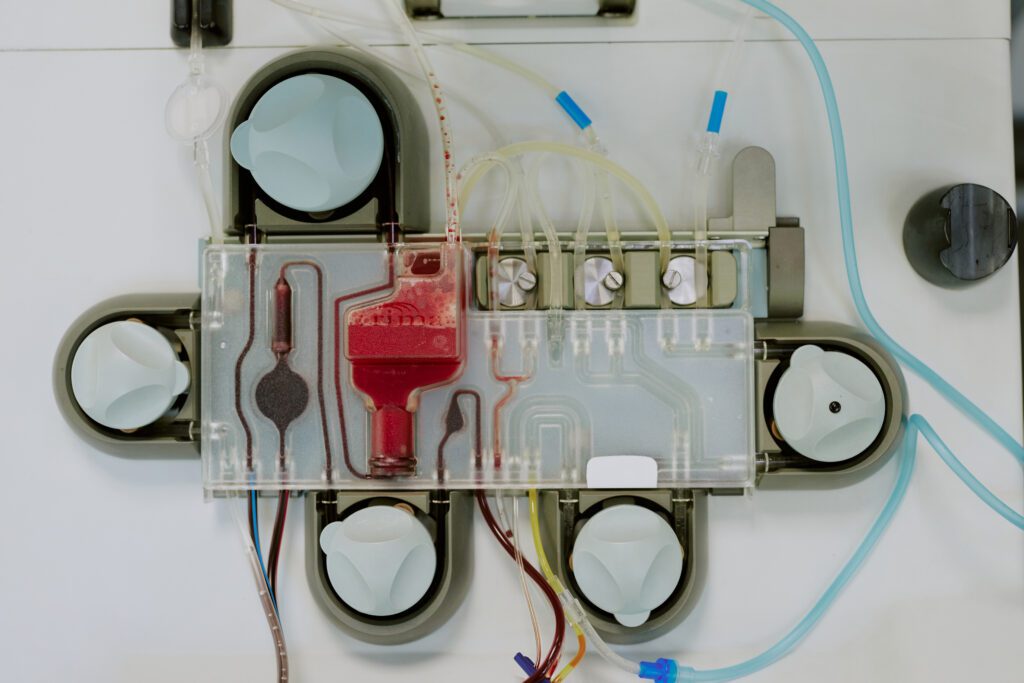
Heparin has been a cornerstone of anticoagulant therapies in blood-contacting medical devices for decades, yet it presents several complications. Issues such as heparin-induced thrombocytopenia (HIT), limited biostability, and ethical concerns regarding its animal-derived nature have driven the search for alternatives. Recent advances in material science have paved the way for heparin-free anticoagulant coatings with improved […]
Innovations in ECMO Oxygenator Coatings: Enhancing Gas Exchange and Biocompatibility
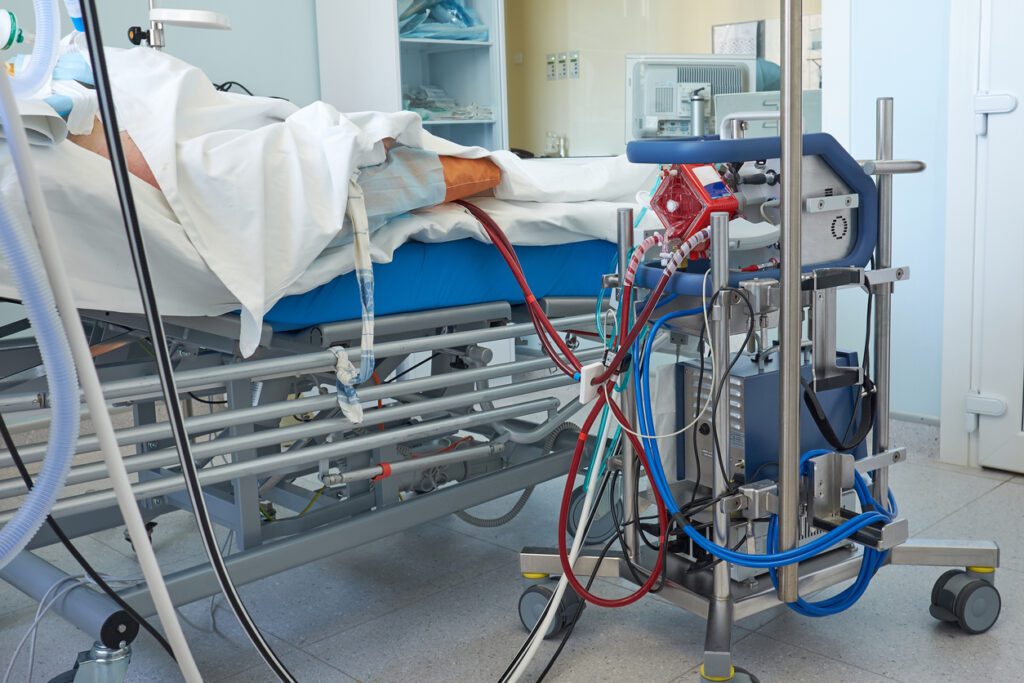
Extracorporeal Membrane Oxygenation (ECMO) is a life-saving intervention for patients with severe respiratory or cardiac failure. At its core, the oxygenator functions as an artificial lung, facilitating oxygen-carbon dioxide exchange to sustain critical bodily functions. However, the blood-material interactions inherent in oxygenators often lead to complications like biofouling, thrombosis, and impaired gas exchange over time. […]
Innovative Coatings for ECMO Tubing: Optimising Blood Flow and Reducing Complications
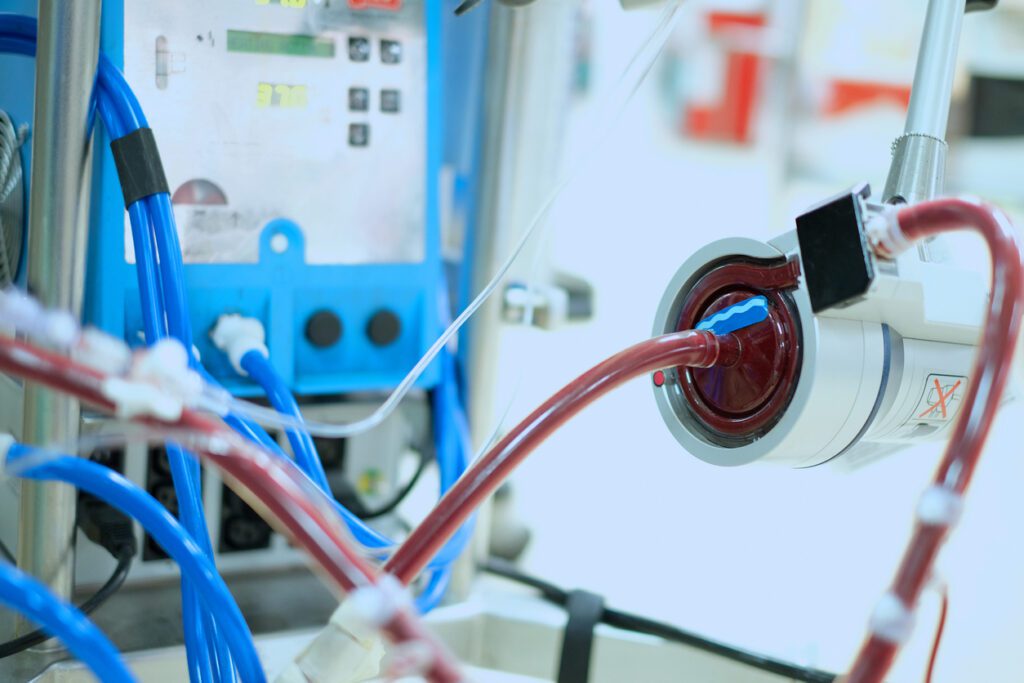
Extracorporeal Membrane Oxygenation (ECMO) has become a vital tool in critical care, providing life-saving respiratory and cardiac support for patients with severe organ failure. However, its long-term application is often hindered by complications stemming from blood-material interactions. The introduction of advanced coatings for ECMO tubing offers a transformative approach to addressing these challenges, ensuring safer […]
Antithrombotic Coatings for Heart Valves: Advancing Thrombosis Prevention in Cardiac Devices
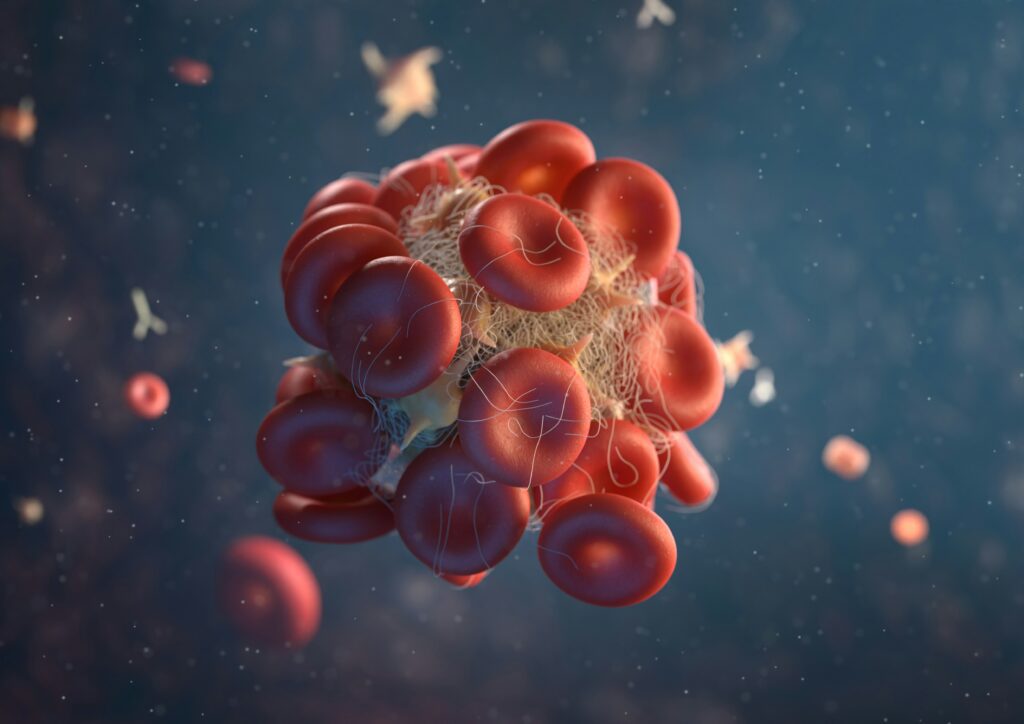
Heart valve replacements, essential in treating valvular heart diseases, face one significant challenge: thrombosis. The formation of blood clots on valve surfaces can compromise device functionality and pose life-threatening risks to patients. Antithrombotic coatings for heart valves have emerged as a breakthrough solution, minimizing clotting risks and enhancing the performance and safety of these vital […]
Heparin Coatings for Heart Valves: Extending the Lifespan of Cardiac Implants
Cardiac implants, particularly heart valves, are transformative technologies designed to restore proper blood flow in patients with valvular dysfunction. However, these devices face significant challenges, such as thrombosis and inflammation, arising from the interaction between synthetic valve surfaces and blood. Heparin coatings have long been the standard solution for improving hemocompatibility, but advancements in biocompatible […]
Specialized Coatings to Reduce Valve Thrombosis: Enhancing Safety in Artificial Heart Valves
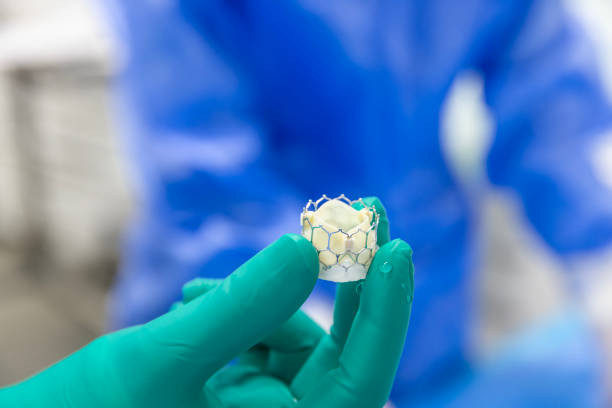
The advancement of prosthetic heart valves has revolutionized cardiac care, offering life-saving solutions for patients with valvular heart disease. However, one critical challenge persists—valve thrombosis, a condition that compromises device performance and endangers patient safety. Specialized coatings designed to reduce thrombosis are emerging as transformative innovations, enhancing the safety and efficacy of artificial heart valves. […]
Endothelialization-Promoting Materials: Advanced Coatings for Cardiovascular Implants
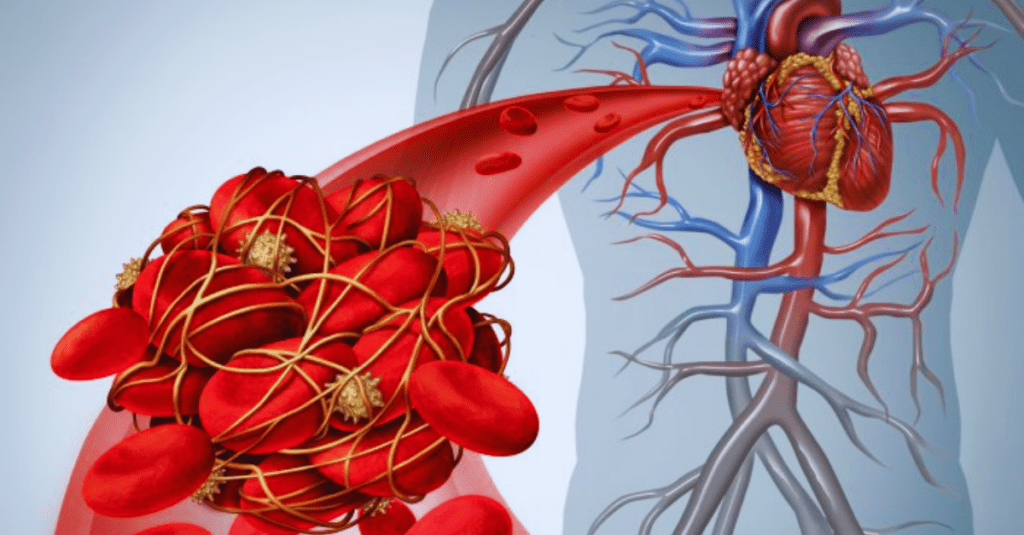
Cardiovascular implants, such as stents, vascular grafts, and heart valves, have transformed the treatment of vascular diseases. However, the success of these implants depends on their ability to integrate with the body, ensuring safety, functionality, and longevity. A key factor in achieving this is endothelialization—the formation of a natural endothelial cell layer on the implant’s […]
Surface Treatments for Endothelialization: Engineering Medical Device Success
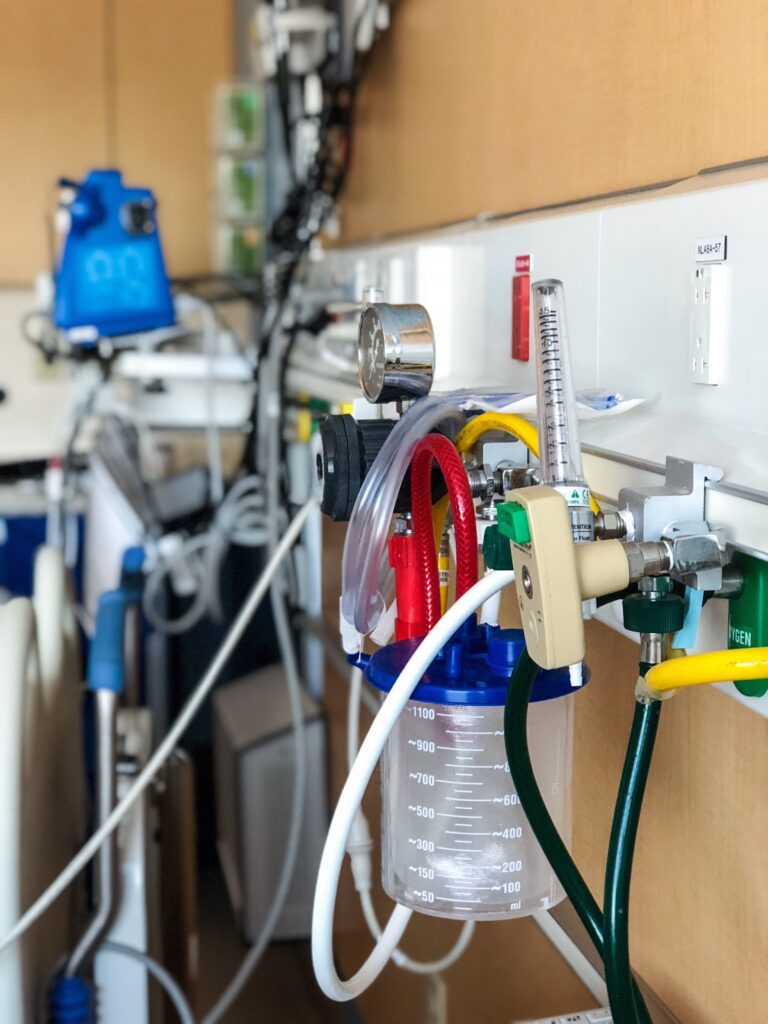
Medical devices such as vascular grafts, stents, and artificial heart valves have revolutionized cardiovascular care. However, ensuring these devices integrate with the body remains a significant challenge. Surface treatments focus on modifying the device’s material properties to foster better interaction with the body’s natural systems. Building on our discussion of endothelialization coatings, which add layers […]
Endothelialization Coatings for Medical Devices: Promoting Natural Healing and Integration
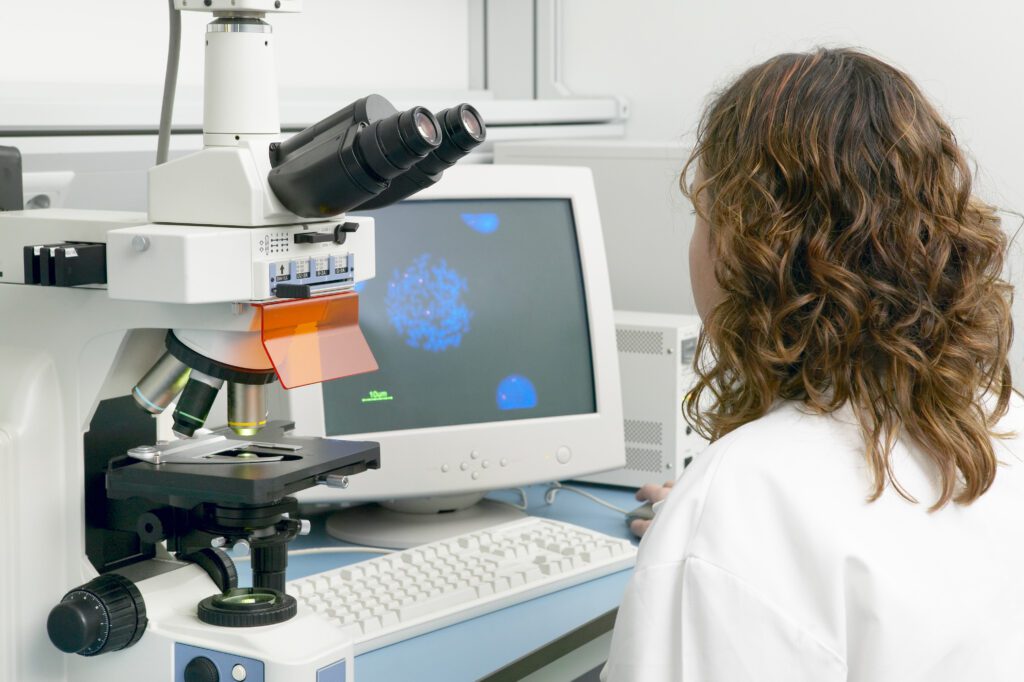
Medical devices like vascular stents, heart valves, and flow diverters have revolutionized modern healthcare by offering life-saving interventions for the management of complex conditions. However, their interaction with the human body presents significant challenges. However, their interaction with the human body can be challenging. Without a mechanism to promote natural healing, these devices often face […]
Biocompatible Coatings for Heart Valves: Enhancing Device Longevity
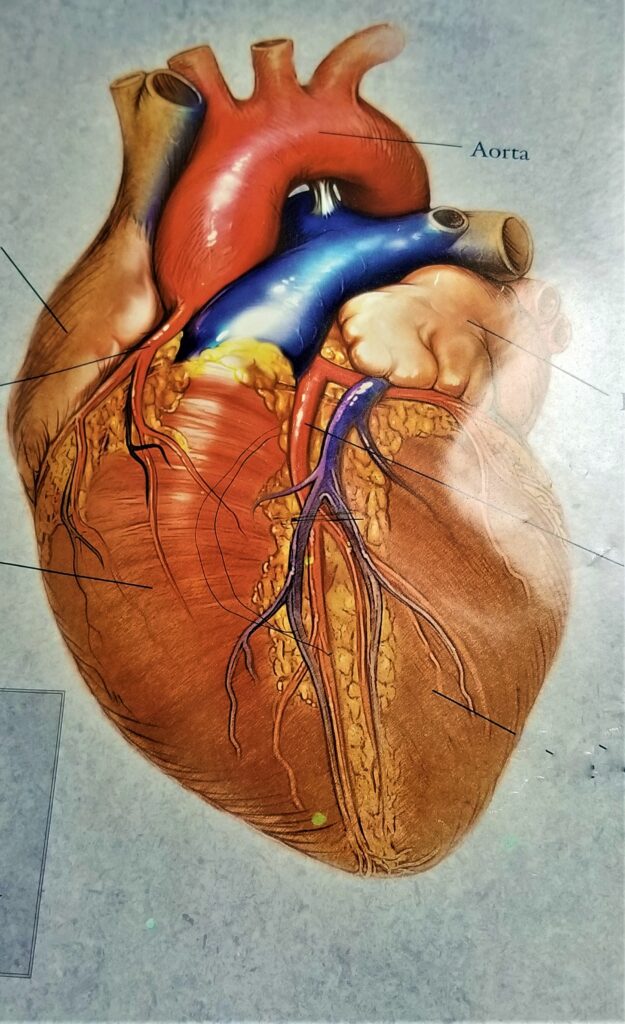
Heart valve diseases like stenosis (valve narrowing) and regurgitation (valve leakage) affect millions globally, often leading to life-threatening complications. When repair is no longer viable, valve replacement is necessary to restore normal blood flow. To support these interventions, advanced biocompatible coatings are emerging as critical tools—enhancing valve durability, reducing complications, and promoting long-term healing. Replacement […]
Promoting Endothelialization in Medical Devices: Advanced Coating Strategies
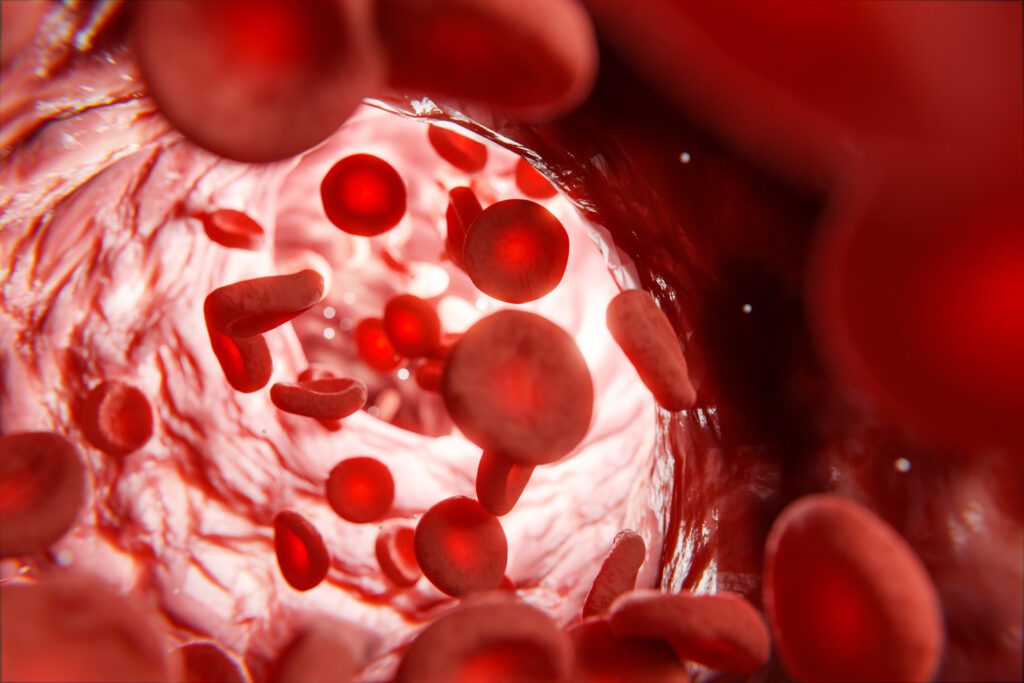
The success of medical devices, particularly those in direct contact with blood, hinges on their ability to integrate seamlessly into the human body. Endothelialization—the formation of a natural, protective endothelial cell layer on the device surface—has emerged as a key factor in optimizing device performance. By fostering endothelialization, manufacturers can significantly reduce thrombosis, inflammation, and […]
Understanding Thrombosis: Implications for Medical Device Design and the Role of Camouflage™
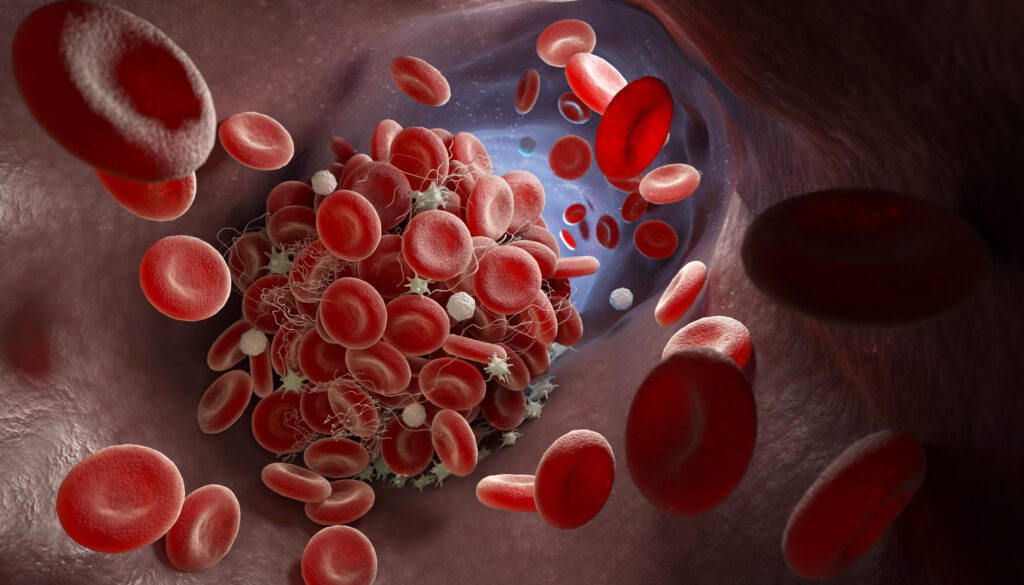
What is Thrombosis? Thrombosis, the formation of a blood clot (thrombus) within a blood vessel, is a critical concern in medical device design, particularly for blood-contacting implants such as stents and flow diverters. The ability of a device to mitigate thrombosis is central to its safety and effectiveness. Smart Reactors’ Camouflage™ coating offers an innovative […]
Cardiovascular Device Coatings: Advancing Biocompatibility and Performance For Devices

Cardiovascular devices, such as stents, heart valves, vascular grafts, and pacemakers, are critical for managing a wide range of circulatory system conditions. While these devices are engineered for durability and functionality, their performance and success heavily depend on their ability to integrate seamlessly with the human body. Coatings designed specifically for cardiovascular devices have emerged […]
Endothelialization in Vascular Implants: A Key to Long-Term Device Success

Vascular implants are critical medical devices used to restore, repair, or replace blood vessels in the human circulatory system. These devices address a variety of conditions, including arterial blockages, aneurysms, and vascular trauma. By ensuring proper blood flow and vascular integrity, vascular implants play a pivotal role in both life-saving emergency interventions and the long-term […]
Endothelialization: A Cornerstone of Medical Device Integration
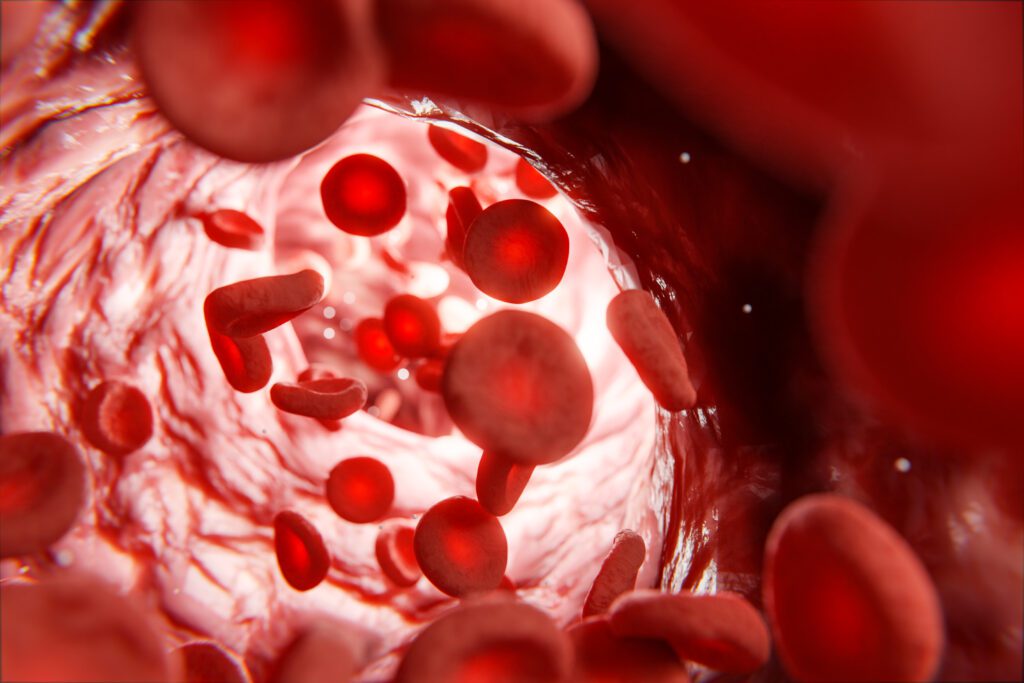
Theintegration of medical devices into the human circulatory system requires not just functional optimization but also biological synergy with host tissues. Endothelialization—the growth of endothelial cells on the device surface—is a critical determinant of biocompatibility and long-term device success. This cellular process not only mimics the natural vascular lining but also regulates essential functions such […]
Advancing ICAD Stent Performance with Biocompatible Coatings
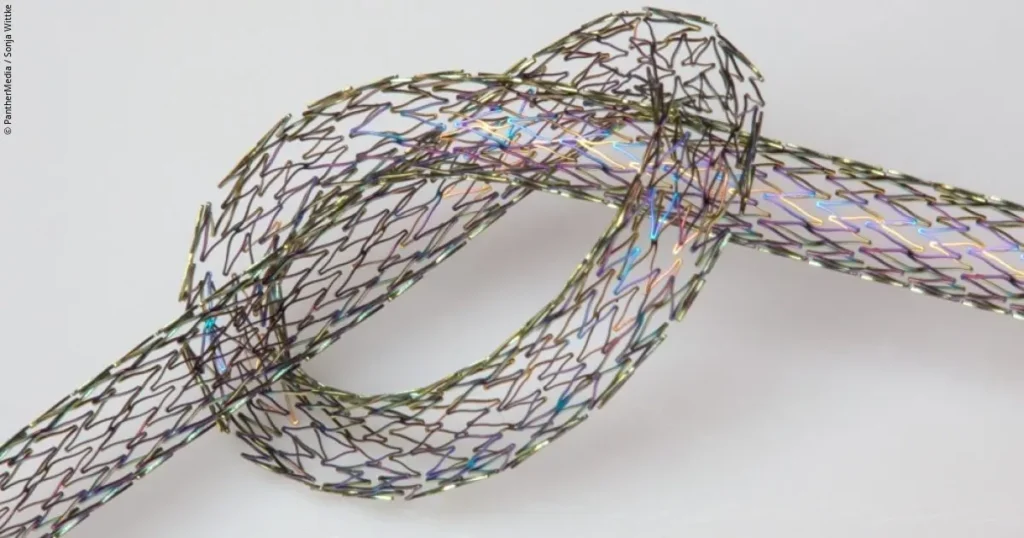
Intra-cranial atherosclerotic Disease (ICAD) is a significant global health challenge, contributing to a substantial proportion of ischemic strokes each year. The condition, characterized by the buildup of plaque in the brain’s arteries, can severely impair blood flow, leading to life-threatening complications. In recent years, ICAD stents have emerged as a promising intervention, offering a minimally […]
Advanced Biocompatible Coatings for Vascular Grafts: Innovating Integration and Patency
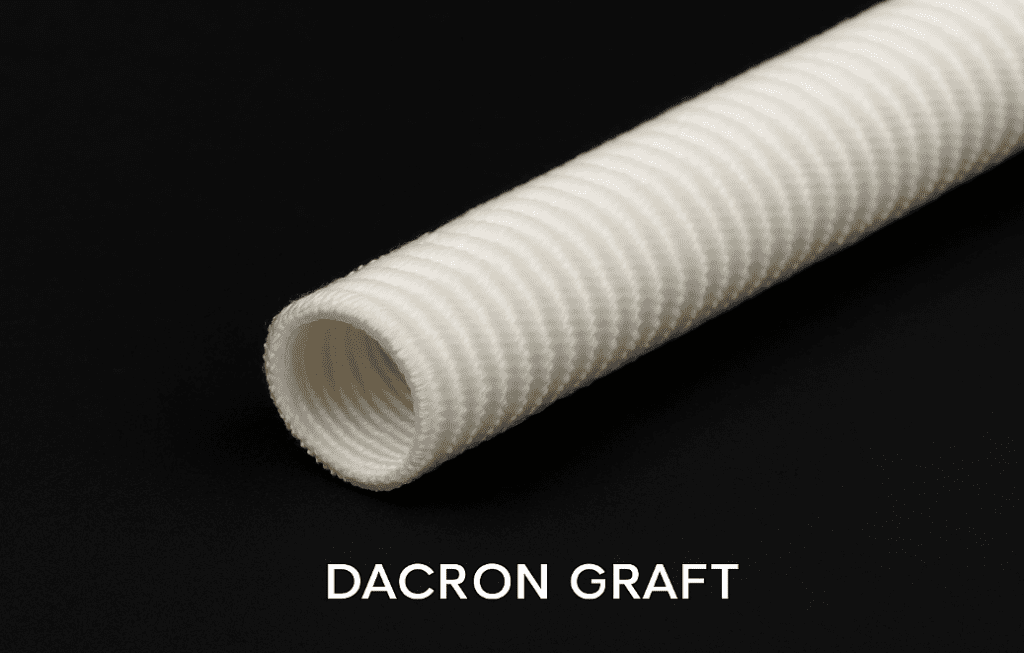
Vascular grafts play a critical role in modern medicine, providing life-saving solutions for patients with cardiovascular diseases. Achieving long-term success depends on overcoming challenges such as thrombosis, inflammation, and poor endothelialization. Advances in biocompatible coatings for vascular grafts are paving the way for better patient outcomes, optimizing both integration and patency. This article delves deeper […]
Cell-Adhesive Coatings: Enhancing Biointegration of Medical Implants

The success of medical implants depends on their ability to seamlessly integrate with surrounding tissues. Whether it’s an orthopedic implant, a dental device, or a neural interface, effective biointegration ensures stability, functionality, and long-term performance. Cell-adhesive coatings, designed to enhance the adhesion and proliferation of cells, are revolutionizing the way implants interact with the body. […]
Drug-Eluting Coatings for Neurovascular Stents: Advancing Patient Outcomes in Stroke and Aneurysm Treatment

Drug-eluting coatings have revolutionized neurovascular stenting, providing targeted therapeutic benefits for patients with complex cerebrovascular conditions, such as aneurysms and intracranial atherosclerotic disease (ICAD). These coatings, which release medications directly at the stent site, help address key challenges like restenosis, clot formation, and inflammation. In recent years, innovative alternatives to drug-eluting coatings, like Camouflage™, have […]
Enhancing Neurovascular Catheter Performance with Specialized Coatings
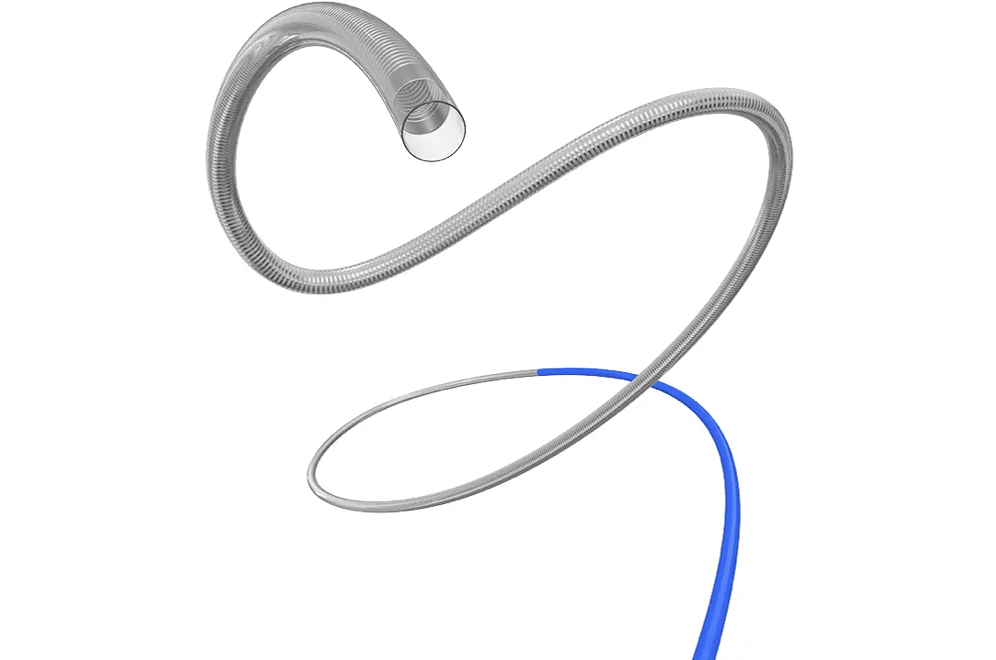
In the landscape of neurovascular interventions, catheters serve as essential tools for navigating the complex and sensitive vasculature of the brain and spinal cord. Neurovascular catheters are instrumental in treating aneurysms, performing thrombectomy for stroke management, and delivering therapeutic agents precisely to targeted locations. Given the critical nature of these procedures, neurovascular catheter coatings play […]
Heparin Coating for Neurovascular Devices: Redefining Patient Safety with Antithrombogenic Innovations

Neurovascular devices, such as flow diverters and ICAD (intracranial atherosclerotic disease) stents, are essential in managing complex vascular conditions within the brain. These devices, designed to address aneurysms, intracranial stenosis, and other high-risk neurovascular conditions, require careful consideration regarding how they interact with blood. One primary concern is ensuring these devices maintain antithrombogenic properties—qualities that […]
Neurovascular Flow Diverter Coatings: Optimizing Aneurysm Treatment

Understanding Flow Diverter Innovative Coatings Treating complex brain aneurysms often requires advanced devices like neurovascular flow diverters. These implants redirect blood flow to promote healing however, their success depends heavily on surface performance. Biocompatible coatings like Camouflage™ are emerging as key enhancements, helping to reduce the risk of thrombus formation, encouraging natural vessel repair and closure of the […]
The Role of Flow Diverters with Surface Modifications in the Treatment of Cerebral Aneurysms: Enhancing Outcomes with Smart Reactors’ Camouflage™ Technology
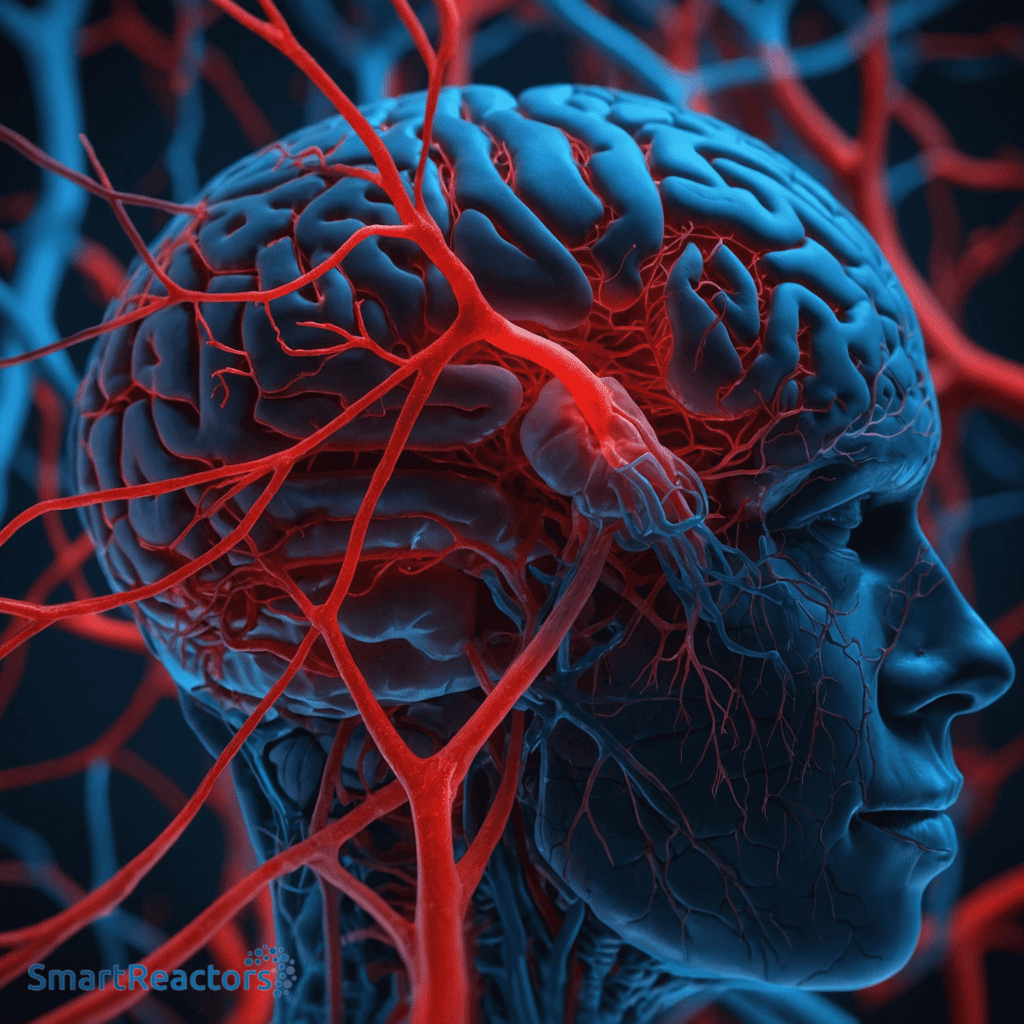
Cerebral aneurysms, if left untreated, pose a significant risk of rupture and hemorrhage, leading to potentially devastating consequences. For patients with aneurysms unsuitable for traditional treatments like coiling or clipping, flow diverters have emerged as a revolutionary solution. These devices redirect blood flow away from the aneurysm, gradually promoting its occlusion and reducing the risk […]

